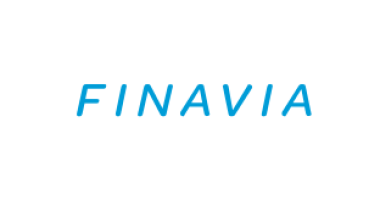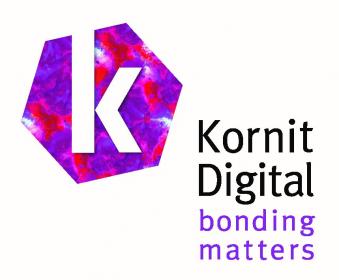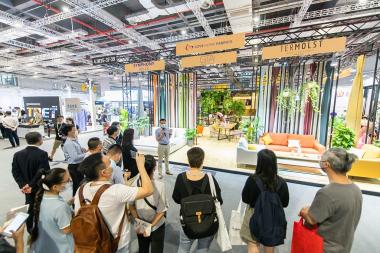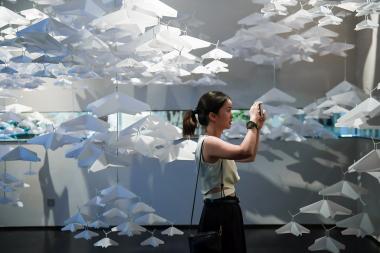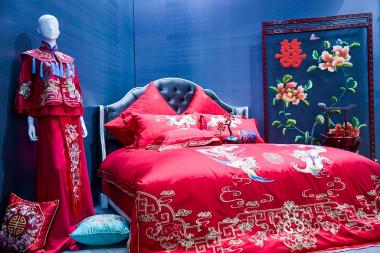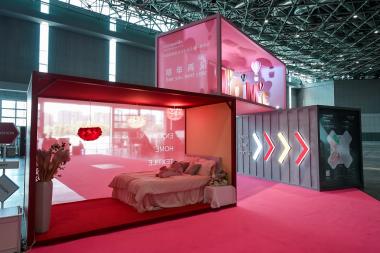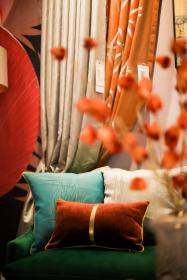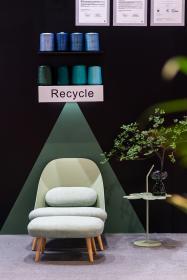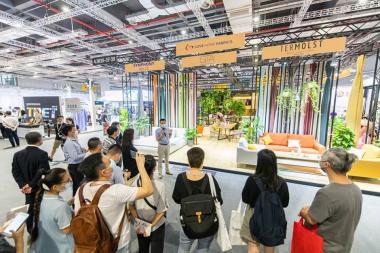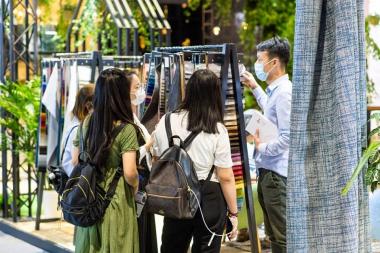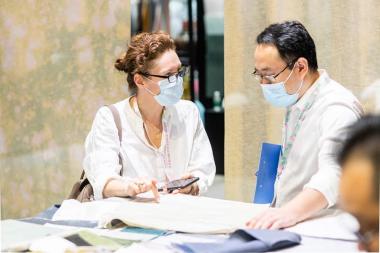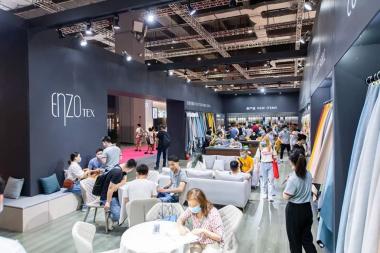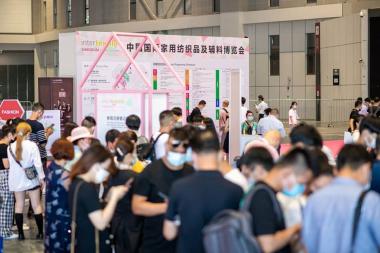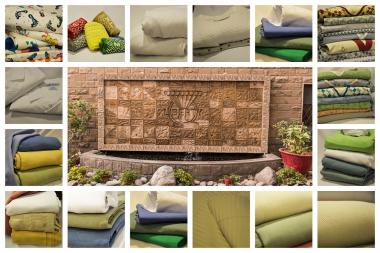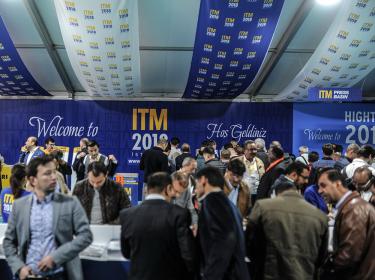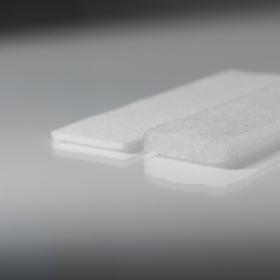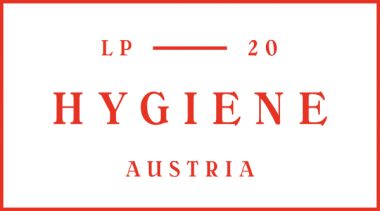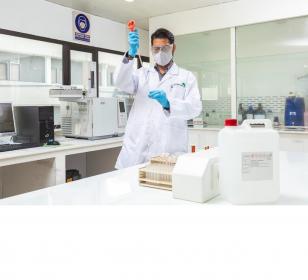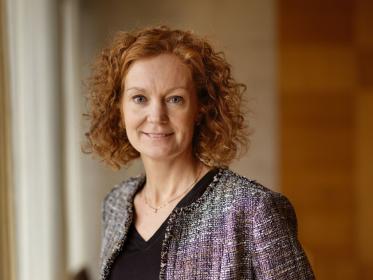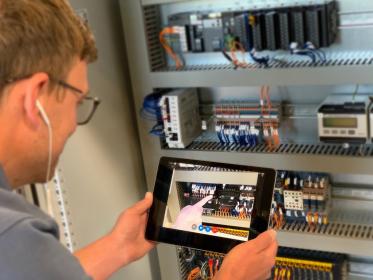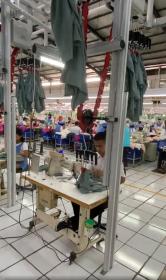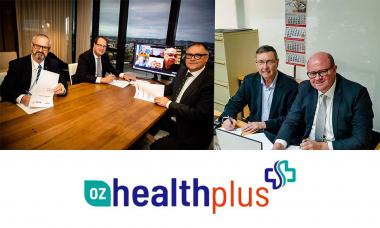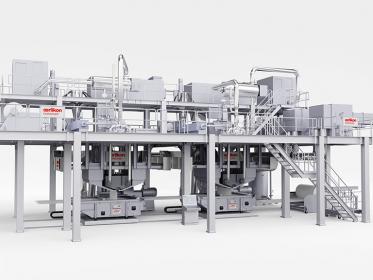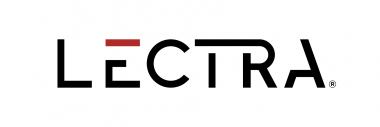Finavia will start piloting UVC technology to disinfect the security control trays after each use
Finavia will start disinfecting security control trays with UVC light technology that kills bacteria and viruses. During the pilot project, equipment based on different technologies will be tested at a number of security control lines.
“Due to the COVID-19 pandemic, we already upgraded the cleaning process of security control trays during the spring, but the aim of the pilot project is to raise hygiene standards to a new level and find the best UVC disinfection method for the airport environment. Our expectations are high for the performance of the equipment we are piloting,” says Finavia’s Ulla Lettijeff, Helsinki Airport Executive Director.
The disinfection technology tested at the airport is based on UVC light, used for the cleaning of surfaces in, among others, health care and the food industry. UVC effectively destroys bacteria on surfaces.
The aim is to first carry out a pilot to gain experience of the new technology. The pilot involves testing of a variety of different equipment in order to find the product that best suits the airport environment.
The technology is supplied among others by the Finnish company LedFuture Oy, which delivered a pioneering LED-technology based disinfection solution for testing by Finavia. According to LedFuture, the UVC-LED disinfection technology is energy efficient, environmentally friendly and quick in comparison with traditional cleaning methods, and it is based on research by the University of Helsinki, the University of Eastern Finland and the Finnish Institute for Health and Welfare (THL).
Finavia


